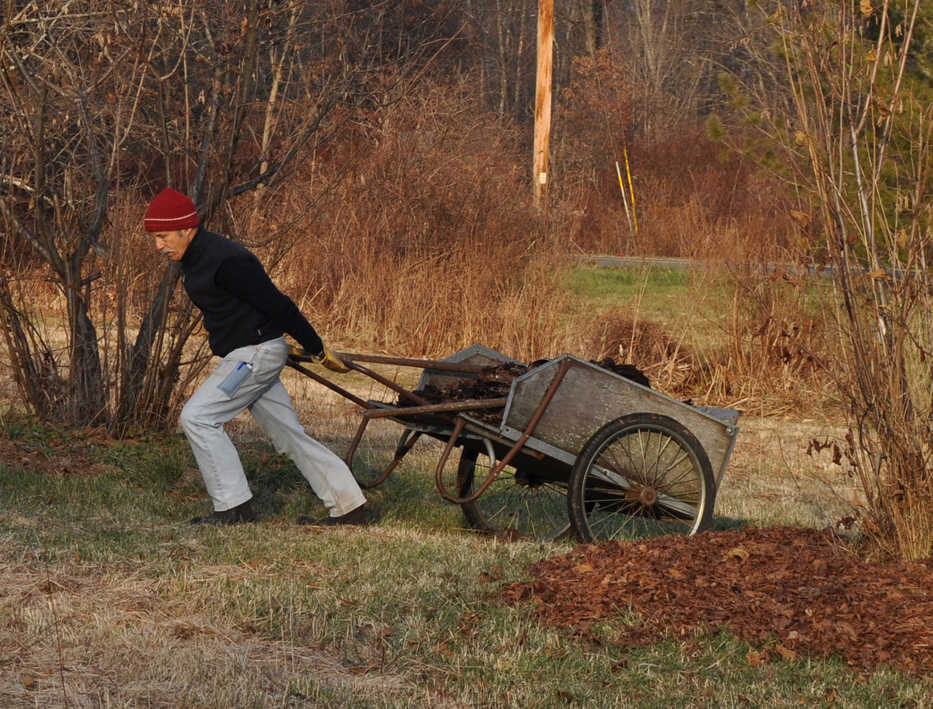Rumor has it that mulching your garden beds or trees and shrubs could starve your plants. It’s a rumor that has circulated for the past 40 years or so, ever since mulching surged in popularity as a way to quell weeds and conserve water.
Is there anything to it? If anything, you’d think that nutrients in mulches would help nourish plants, not starve them.
The logic behind the starvation rumor goes like this: The two nutrients most needed by soil microorganisms are carbon and nitrogen. Wood chips, straw, sawdust and many other organic mulches are high in carbon but low in nitrogen. When soil microorganisms chew away on such mulches, decomposing them, they have to balance their carbon-rich diet with extra nitrogen, which they must find somewhere else. So they pull this nitrogen from the soil, and are a lot better than plants at getting it. The result: plants starved of nitrogen.
All true.
However, this nitrogen starvation is only temporary, for starters. As soil microorganisms die, the nitrogen in their bodies is released back to the soil. There, it becomes available to plants once those microorganisms have used up enough soil carbon, “breathing” it out of the ground as carbon dioxide.
Also, this scenario — plants being starved for nitrogen — holds true when you mix a load of high-carbon, organic material into the soil. But lay that same material on top of the ground as mulch and it’s a different ball game. Then, decomposition occurs mostly at the thin interface where the mulch touches the soil, and the rate of decomposition is much slower. So slow, in fact, that a steady state is reached where nitrogen is re-released at about the rate at which it is being used for decomposition. The microorganisms are happy and the plants are happy.
Still, that rumor that plants will suffer from high carbon mulches keeps going around, despite the field experience of agricultural researchers and many gardeners.
A garden, like any biological system, represents a complex interaction of energies, so sweeping generalizations don’t always hold. Yes, there are situations — rare — where that old mulch rumor may hold true. One such situation would be where you mulched with a very high-carbon, very low-nitrogen material (sawdust, for example) on soil that is very low in nitrogen. Another situation would be where you planted a seed right into a high-carbon mulch. The young seedling would be starved of nitrogen until its roots hit the soil below.
Still, there’s no need to forsake the benefits of mulch in either of these situations. Just sprinkle on some nitrogen fertilizer, such as soybean meal, to make up the deficiency.
In just about all situations, there’s no need to do anything more than spread organic mulch right on the ground. In the coming months, it will insulate the soil against cold and then, when warm weather arrives, insulate it against excessive heat. An organic mulch also softens the impact of raindrops, so water can percolate into the soil rather than run off. These mulches also enrich the soil with humus, that witch’s brew of natural compounds that helps feed plants and beneficial soil organisms to fend off pests, quell weeds and improve water use by plants.
So don’t pay attention to those ugly rumors.
http://www.leereich.com/blog
http://leereich.com/

